At Pineview Dental, Dr. Fogel believes that advanced technology enhances the quality and comfort of the care we provide. We've carefully selected each piece of technology in our office to improve your experience while ensuring the best possible outcomes for your dental health.
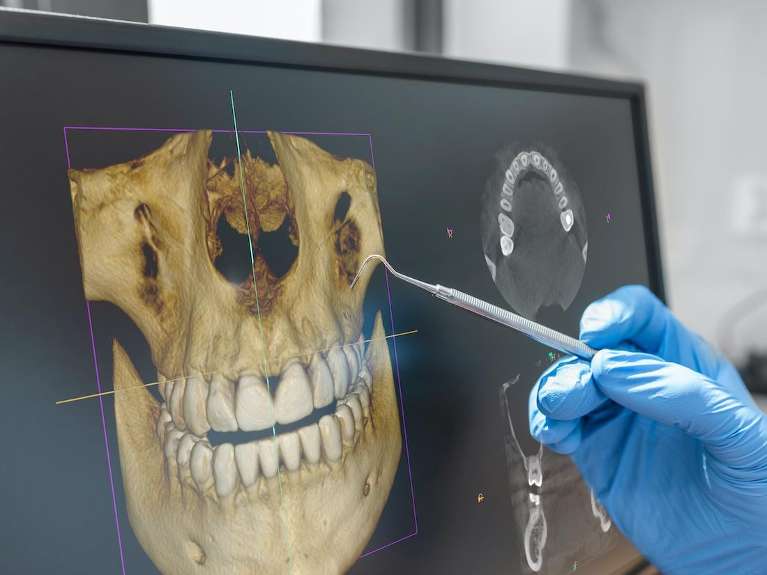
3-D Cone Beam Imaging (CBCT)
This advanced imaging technology captures detailed 3-D scans of teeth, bone structure, nerve pathways, and soft tissues with a quick scan. Dr. Fogel uses these highly detailed images for precise diagnosis and treatment planning, particularly for dental implant placement, complex extractions, root canal therapy, and evaluating TMJ disorders.
For patients, this means more accurate diagnosis, shorter treatment times, and better outcomes from procedures that rely on detailed anatomical information.
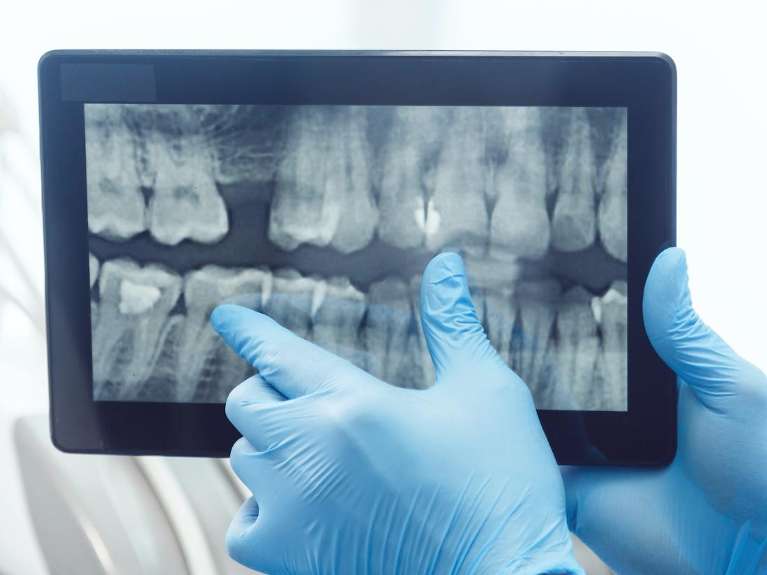
Digital X-Rays & Sensors
Our digital x-ray technology produces highly detailed images instantly and reduces radiation exposure by as much as 90 percent compared to traditional film x-rays. Dr. Fogel uses these crisp, clear images to detect cavities between teeth, examine tooth roots, monitor bone health, and identify issues invisible to the naked eye. These images can be enhanced and magnified for better diagnosis, allowing us to detect problems earlier. For you, this means more efficient appointments, improved diagnostic accuracy, less radiation exposure, and the ability to easily see and understand what Dr. Fogel is explaining about your dental health.
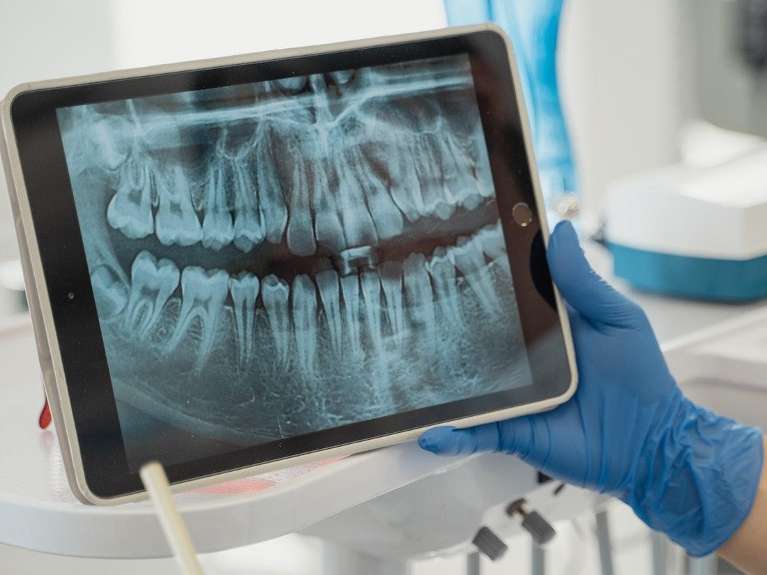
Panoramic X-Rays
This specialized imaging technique captures a comprehensive view of your entire mouth in a single image—showing all teeth, jaws, sinuses, and surrounding structures. Dr. Fogel uses panoramic x-rays to evaluate wisdom teeth, plan implant placement and Invisalign® treatment, assess jaw joint disorders, and screen for abnormalities that might not be visible on standard x-rays.
The process is comfortable—you simply stand still for a few seconds while the machine rotates around your head. For patients, this means a more thorough evaluation without the discomfort of traditional intraoral x-rays, reduced radiation exposure compared to multiple individual x-rays, and a clearer understanding of the relationship of various oral structures.
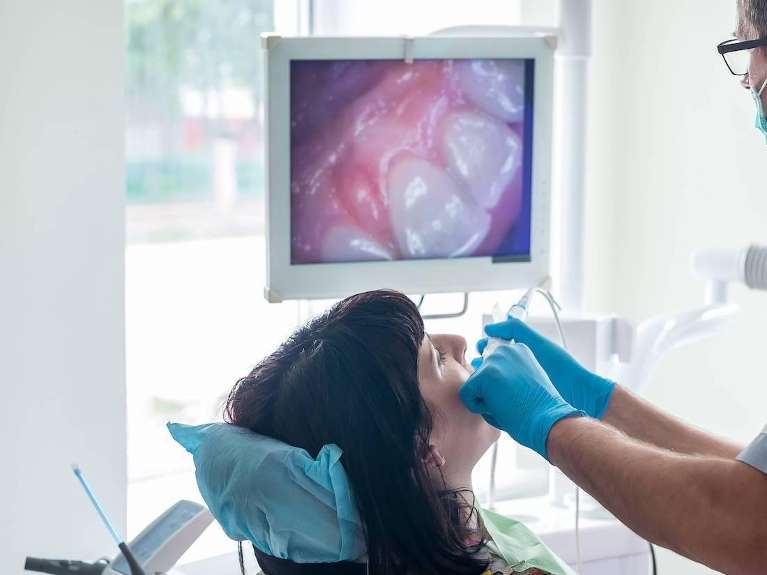
Intraoral Cameras
These small, pen-sized digital cameras allow Dr. Fogel to capture high-resolution images of areas inside your mouth that might be difficult to see clearly with a visual exam. The images appear instantly on a chairside monitor, transforming your dental experience by showing you exactly what Dr. Fogel sees.
Used during examinations, treatment planning, and procedure explanations, these cameras help identify issues like hairline cracks, worn fillings, and early decay. This technology transforms abstract dental terms into visual understanding, empowers you to make informed decisions about your care, and helps you better understand the reason behind treatment recommendations.
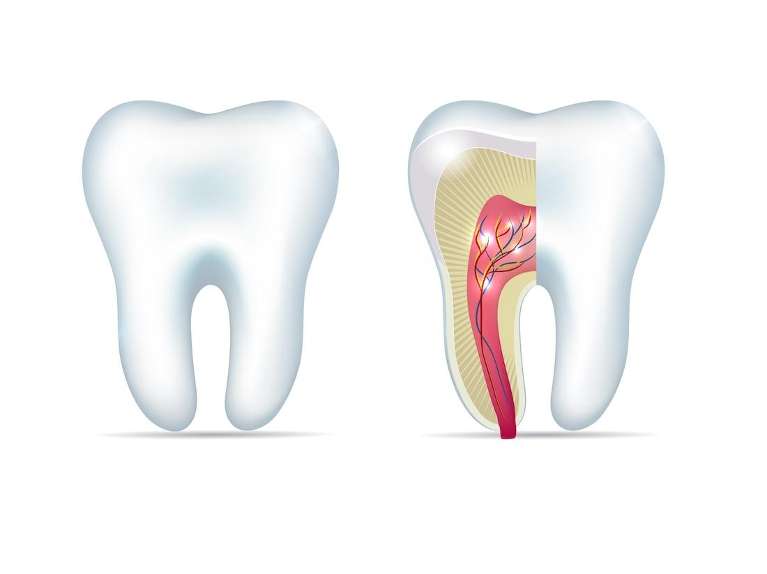
Rotary Endodontics
This advanced root canal technology uses specialized electric instruments with flexible tips that rotate to clean and shape the canals inside your tooth more efficiently than traditional manual files. Dr. Fogel uses rotary endodontics during root canal procedures to thoroughly remove infected tissue while preserving more of your natural tooth structure.
For you, this means significantly shorter treatment times, increased comfort during the procedure, more predictable results, and reduced post-treatment discomfort. The precision of these instruments also helps create an optimal shape for filling the canals, contributing to the long-term success of your root canal treatment.

Digital Impressions
This innovative technology replaces traditional putty impressions with a small, comfortable scanner that captures precise 3-D digital models of teeth and gums. Dr. Fogel uses these highly accurate digital impressions for designing crowns, bridges, veneers, clear aligners, and other custom restorations.
The scanner quickly captures thousands of images to create a detailed virtual model that can be immediately viewed and adjusted. For you, this means no more uncomfortable, gag-inducing putty impressions, shorter appointment times, more accurate fitting restorations, and reduced wait times for your final dental work, as digital files can be sent instantly to the dental laboratory.